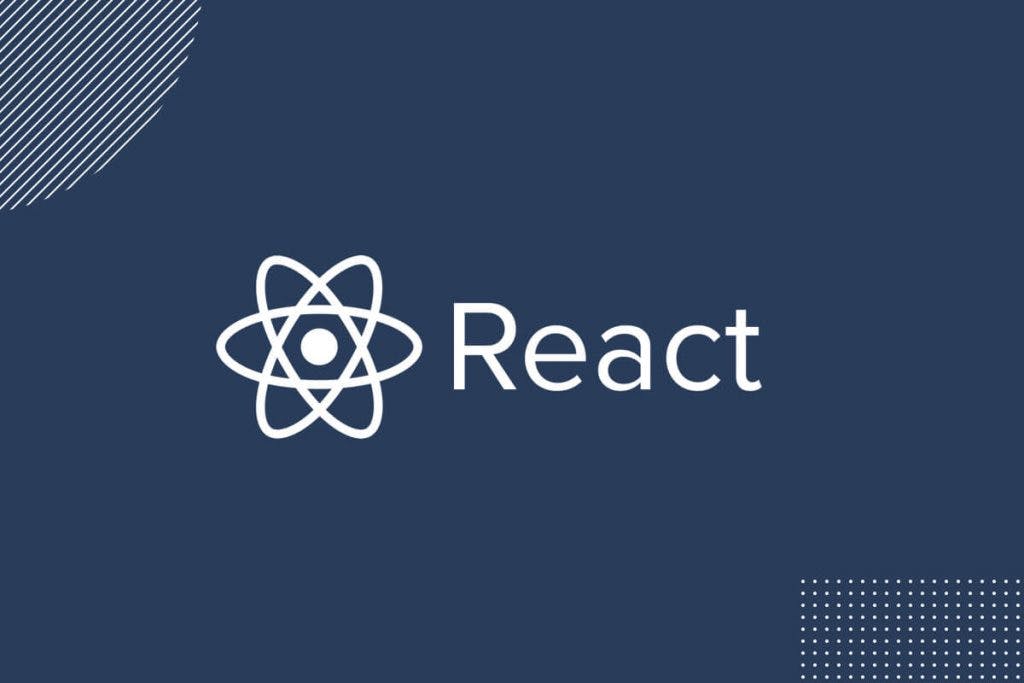Exploring the Power of React.js for Interactive Web Applications
React JsDiscover how React.js revolutionizes web development with its efficient rendering, component-based architecture, and one-way data binding. Learn how to create highly interactive web applications with EkLevelUp - Ek Level Up

React.js
In the world of web development, creating interactive and dynamic user interfaces is crucial for engaging visitors and delivering a seamless browsing experience. One technology that has gained immense popularity in recent years for building such applications is React.js. With its efficient rendering capabilities and component-based architecture, React.js has revolutionized the way developers approach web development. In this article, we will explore the power of React.js and how it enables the creation of highly interactive web applications.
Understanding React.js:
React.js is an open-source JavaScript library developed and maintained by Facebook. It is specifically designed for building user interfaces and focuses on the concept of reusable components. Unlike traditional web development frameworks, React.js allows developers to break down the UI into small, self-contained components. This modular approach simplifies development, promotes code reusability, and enhances the overall maintainability of the codebase.
Virtual DOM and Efficient Rendering:

Virtual DOM V/s Browser Dom
One of the core features that sets React.js apart is its use of a virtual DOM (Document Object Model). The virtual DOM is a lightweight copy of the actual DOM, which allows React.js to efficiently update and render only the necessary components when there are changes in the application state. This approach significantly improves performance by minimizing the number of actual DOM manipulations, resulting in faster and smoother user experiences.
1) Component-Based Architecture:
React.js promotes the creation of reusable and composable components, which encapsulate the UI logic and can be easily reused across different parts of an application. This modular approach not only enhances code maintainability but also improves development efficiency. Developers can create complex UIs by composing smaller, self-contained components, which makes the codebase more organized, scalable, and easier to test.
2) One-Way Data Binding and Unidirectional Data Flow:
React.js follows a unidirectional data flow, which means data flows in a single direction from the parent components to the child components. This approach simplifies data management and eliminates many of the common bugs associated with two-way data binding. By maintaining a predictable flow of data, React.js provides better control over the application state, making it easier to debug and reason about the code.
3) Vast Ecosystem and Community Support:

React Js Ecosystem
React.js has a vibrant ecosystem with a wide range of third-party libraries and tools that enhance its capabilities. From state management solutions like Redux and MobX to UI component libraries like Material-UI and Ant Design, developers have access to a vast selection of resources that can accelerate development and improve productivity. Moreover, React.js has a large and active community, which means that finding support, documentation, and learning resources is readily available.
Conclusion:
React.js has emerged as a powerful and popular technology for building interactive web applications. Its efficient rendering, component-based architecture, one-way data binding, and vast ecosystem make it an ideal choice for developers seeking to create engaging and scalable user interfaces. By harnessing the power of React.js, web developers can unlock new possibilities and take their applications to the next level of interactivity and user experience.
2023-07-01